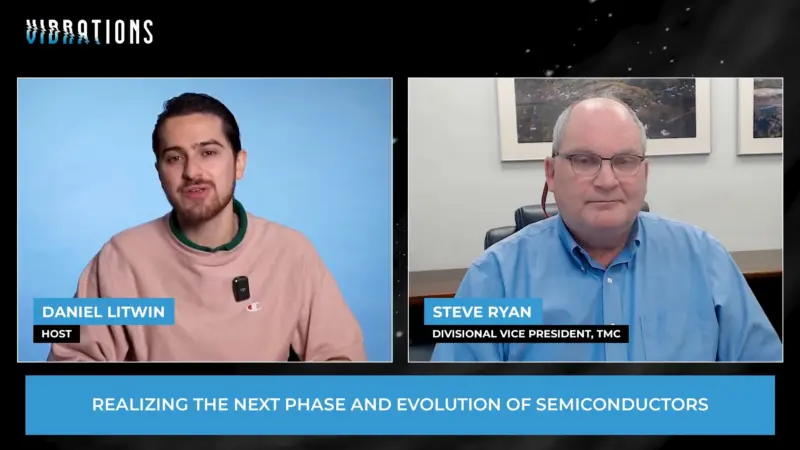The Crucial Roles of Vibration Damping and Isolation in Precision Scientific Applications
Vibration damping and isolation are two critical components that ensure precision and accuracy in various scientific applications such as confocal microscopy, interferometry, IVF, and patch clamping. Jake Porrazzo, a vibration consultant at TMC, enlightens us about the distinguishing factors and significance of these two components using TMC’s CleanBench laboratory table.
Damping is a property that describes how swiftly a surface vibration diminishes post an impact. To demonstrate this, Jake compared an undamped piece of steel with a TMC CleanBench laboratory tabletop which employs proprietary damping technology. The stark contrast in damping performance underlines the importance of this feature in reducing the potential for disruptive oscillations.
Isolation, on the other hand, pertains to the protection an experiment or application gets from environmental vibrations or energy transfer from the floor. The TMC CleanBench table incorporates gimbal piston pneumatic isolators that significantly reduce energy transfer. Jake demonstrated this by creating vibrations through a kick to the table, highlighting the limited energy transfer due to the isolation properties of the TMC table.
Comparing the isolated table to a completely rigid one (without isolation), it becomes obvious how environmental vibrations can dramatically impact an experiment. Hence, the demonstration underscores the role of isolation in safeguarding precise applications from environmental disturbances.
The clarification provided by Jake helps to better understand the role of vibration damping and isolation in precision applications. It underscores the need to consider these factors when choosing equipment for sensitive experiments or applications.




